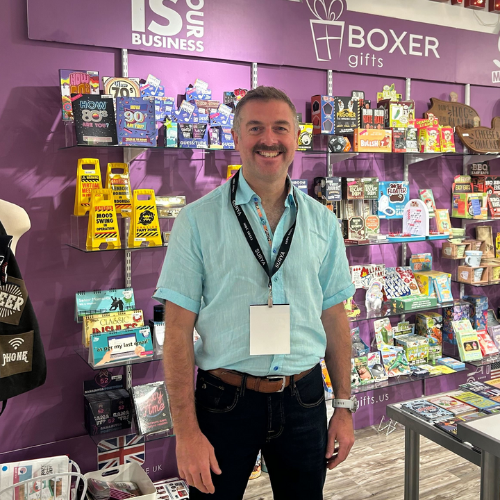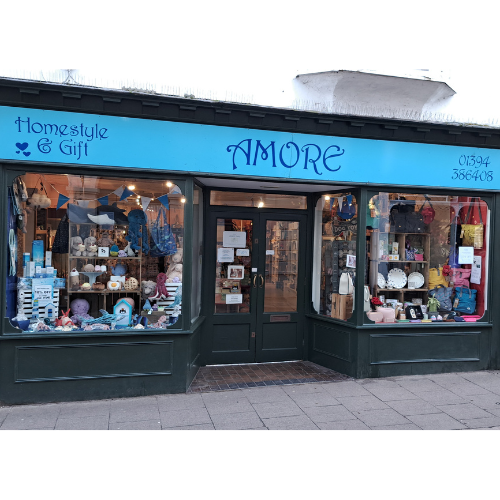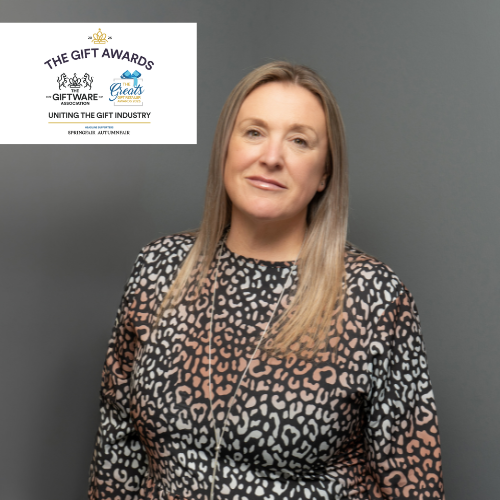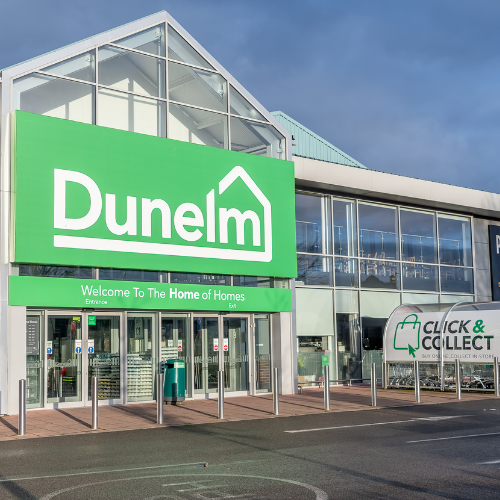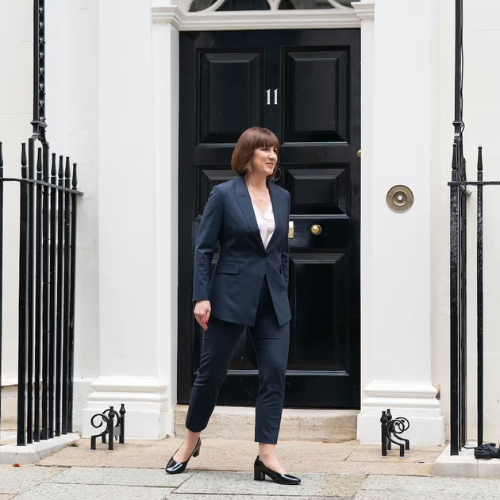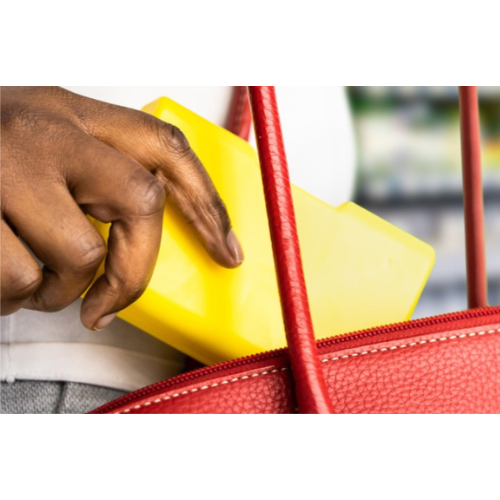On the last day of Spring Fair @ Home (February 10), a panel discussion took place on the question that all retailers, including gift and home retailers, would like an answer to – what will retail look like post pandemic?
Three leading, diverse retailers – Peter Cross, customer experience director at John Lewis, Molly Park, design director of D2C online company Papier (who was previously head of design for home and gift at Oliver Bonas) and Bob Novogratz, co-founder of leading American mass online home brand Novogratz – shared their views. The discussion was chaired by Mark Faithfull, editor of Retail Property Analyst.
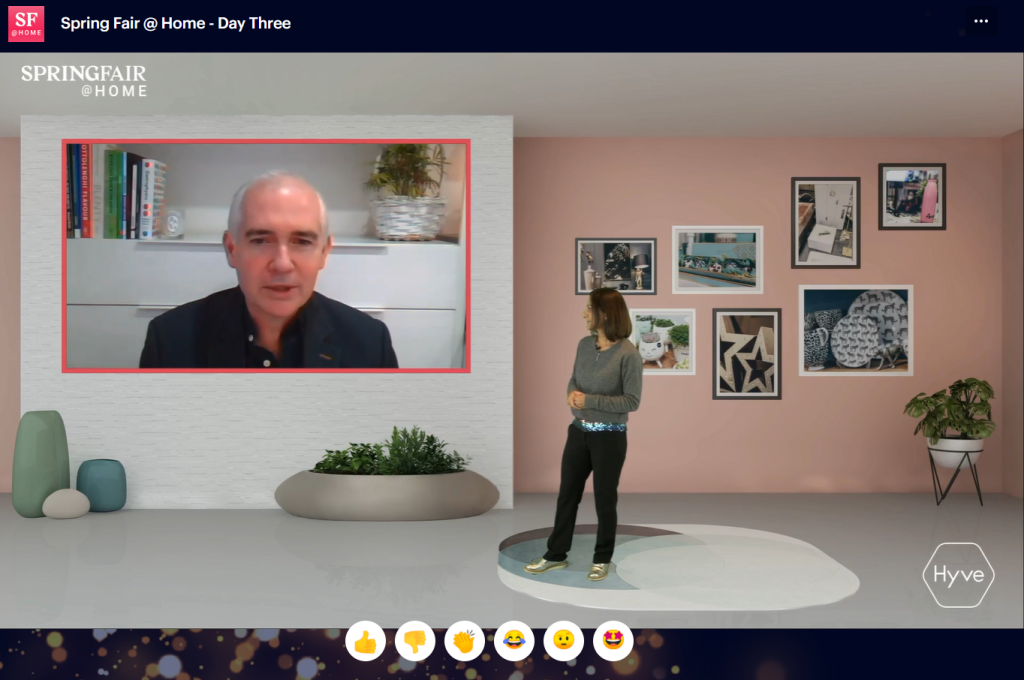
With Mark predicting that non-essential retailers are likely to be able to re-open their doors again in April/May, Peter Cross commented that, in his opinion, there will still be stop and start for a while. “There won’t be a magical ‘hallelujah’ moment. The impact of the last few months will be deep and long lasting. There won’t be a transformation when things go back to normal again,” he stated.
However, he says that there have been several exciting dynamics. “The first has been the extraordinary impact of the digital transformation on our world which has been transformational in the way people have lived and it’s not going away. People are viewing their digital lives very differently and all businesses must have that at the top of their minds, of not only being digital, but how they are viewing digital. And thirdly, there is this extraordinary new relationship with our local high streets as these are the only places we can go to at the moment. Therefore shops need to be reflecting on how they are leveraging this new power of local to ensure it doesn’t go away.”
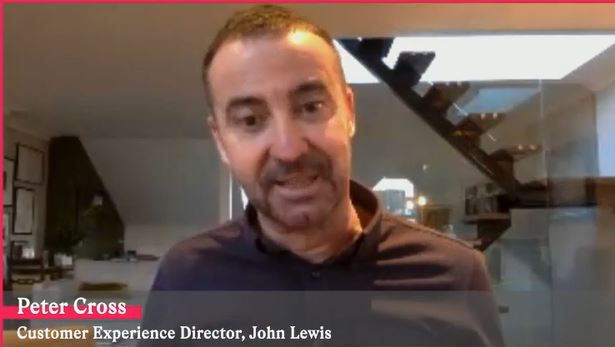
He says that when shops re-open, the old rules won’t apply any more, so retailers with a physical space need to take advantage of space, presentation and their relationship with customers. “We have all had a lot of thinking time, a lot of time to re-look at our homes,and a lot of time to assess our priorities. Lots of us have learned to live with less things and we have thrived. So if retailers have previously done well with certain categories they can’t assume that this will continue after the pandemic. They will need to be more mindful of categories, as there will be some categories that won’t go back to normal.”
Molly Park’s view is that people will increasingly engage through social media, and that when shops do re-open, there will be one set of people who are desperate to go out shopping again, and another set who will be more cautious and will want to look online first before going into a store to shop or browse.
“People will still want to see and touch products and buy from stores,” she states, “as shopping online can be a hassle if you want to return what you’ve bought. So the local high street will definitely become more important. The way we used to shop – going into city centres and big shopping centres – will change. People will want to stay local and that will be a big thing, but I don’t think they’ll want to queue any more.”
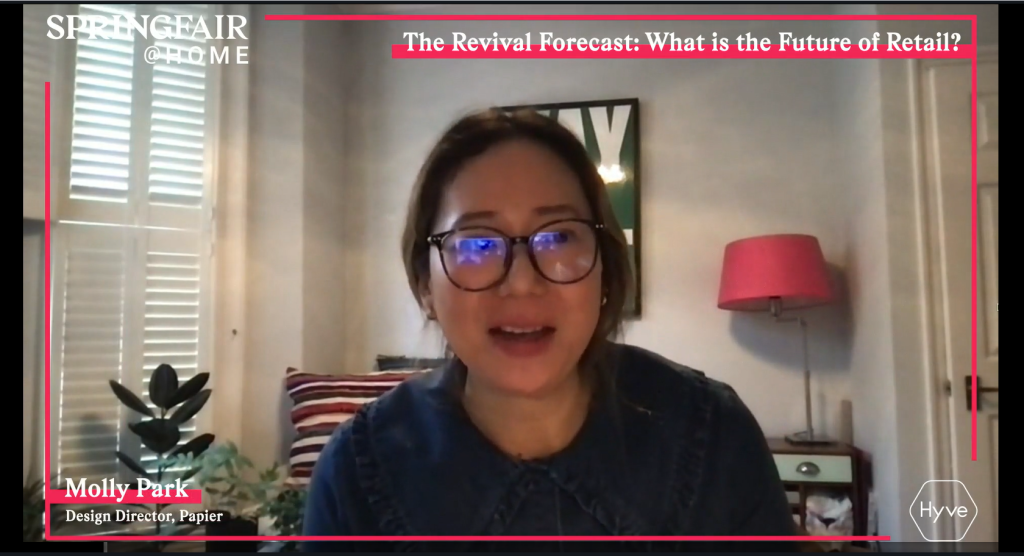
Bob Novogratz believes that retailers have to find their audience, but that they don’t have to please everybody. “I’m an optimist, and I think the world will get better. But the way we think about the world has changed. For example, a lot of people are now thinking that they don’t have to commute for two hours to go to work as they can work from home, or spend a fortune on a big wedding because they can hold it in their back yard, or go to big sporting events because they can invite their friends over. People are home schooling. But having said that, I do think that people will want to go out. So as a brand, what we try to create is content. We want to create experiences for people. Most people want to buy the mannequin, but to put a whole look together is more difficult than it looks. So if you can create the content, people will buy the room and not just one piece,” continued Bob, who will be opening the company’s first physical store near Venice Beach in LA, this April.
“When the world gets shaken up there are always opportunities,” Bob continued. “For example, rents are cheaper now – in New York where we’re based, a lot of people have moved out enabling younger people to move in – so the demographic has changed – and if have you have a plan A, B or C that helps too.”
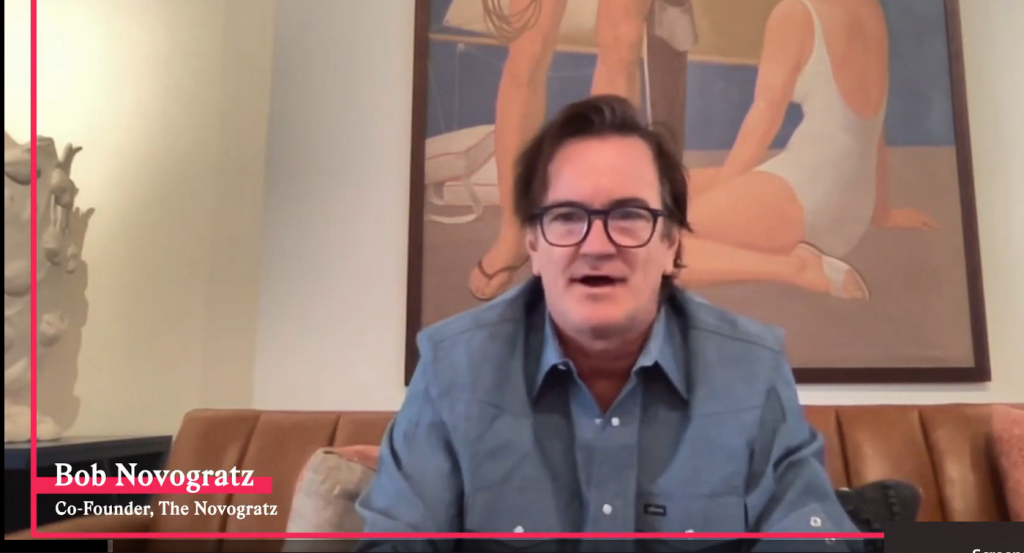
Commenting on how retailers can take advantage of the best online and offline opportunities, Peter Cross emphasised that the digital experience has stepped up. “For example, some 50% of us now track our packages every day. It’s transactional,” he pointed out. “So we have to be braver in the way that we view the physical experience. In fact, we should ban the word shop. Today you have to open your doors and let customers bathe the in experience.”
Added Molly Park: “as an online D2C business, what generates sales for us is UGC (user generated content). You don’t have to use the amazing influencers,” she pointed out. “You can use micro influencers on your friendship groups.”
At Novogratz, it’s about the getting the balance right, says Bob. “We want to know how our products look in people’s homes, whether that’s a huge house, an apartment or a student dormitory. So we create communities and run with them,” he explains. “But in addition, we also send out our products to some top photographers.”
He added that you have to listen to both positive and negative feedback. “You have to listen to your consumer, and reply with humour where you can, but also realise that there are certain people you can’t please.” From a D2C point of view, Molly Park points out that people can get quite aggressive. “So you have to take the emotion out of it and deal with it,” she advised.
So what experiences will get people back into shops post lockdown? “It’s OK to start small and see if it works,” said Peter Cross. “But when a retailer does start something, they have to make sure that it’s different, that it’s noisy and maybe a bit crazy! Retailers have tomake it as brave as they dare.”
Bob Novogratz added that in the US, everyone wants to get into the home sector. “It’s a trend switch from fashion,” he explained. “But there is only room for so many companies, so they have to execute it well, no matter how they do it.”
When asked for reasons to be cheerful, Peter Cross said that when things finally settle down, there will be a lot of pent up energy that will explode onto the market. “Some things have shifted, and not everything is bad, so retailers need to be there for the action,” he advised. Molly Park highlighted that for creatives, there are opportunities to get out there and create a brand, while Bob Novogratz believes the roaring ‘20s will be making a comeback!”
Concluded Mark Faithfull: “I think retailers all over the world echo that there are positives.Although a lot of big retail names have gone, it has created opportunities for others to come through.”
Top: The Future of Retail webinar: From left to right (top): Mark Faithfull and Peter Cross; from left to right (bottom) Molly Park and Bob Novogratz.













